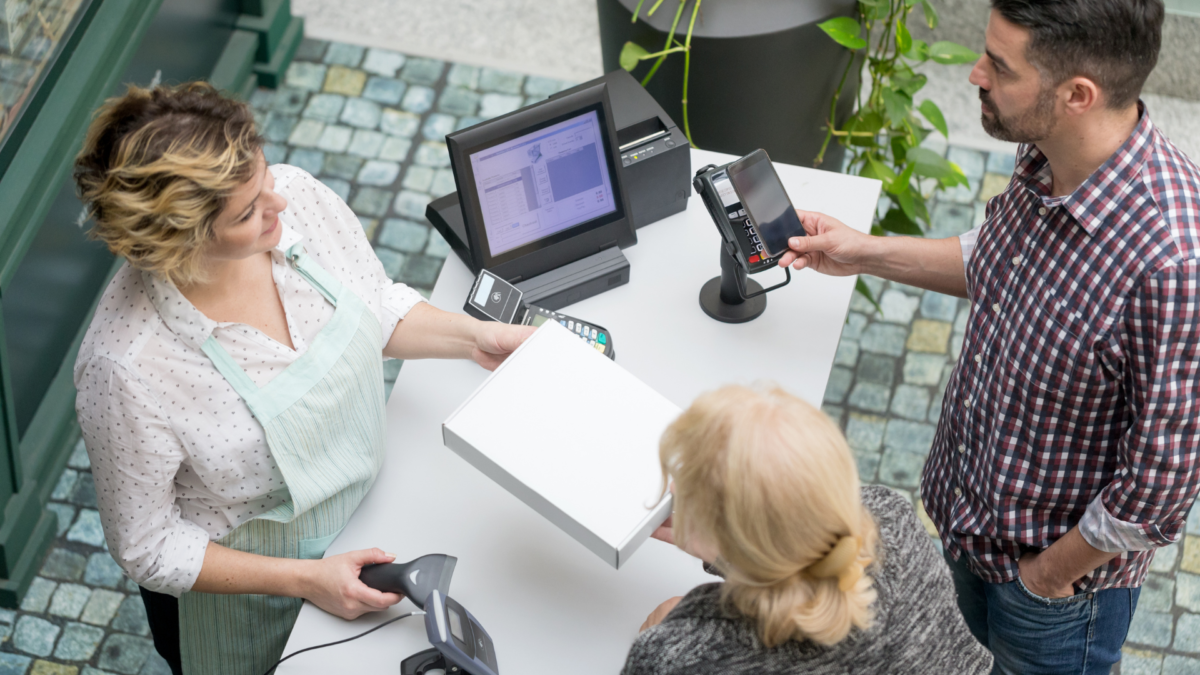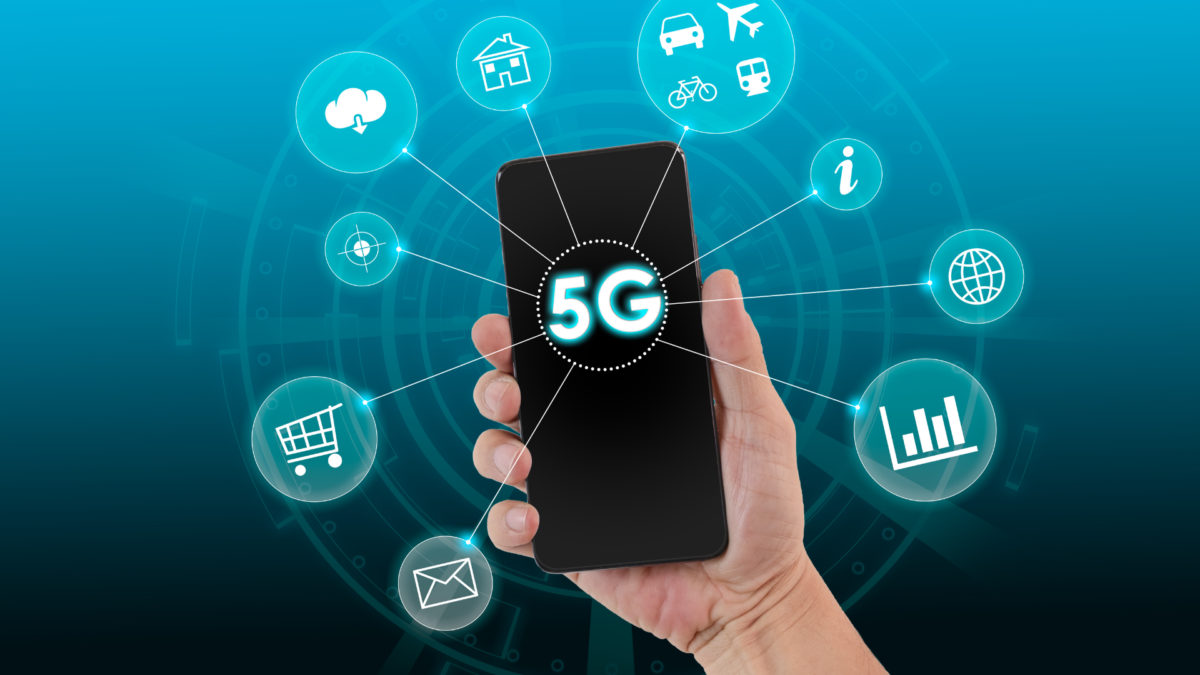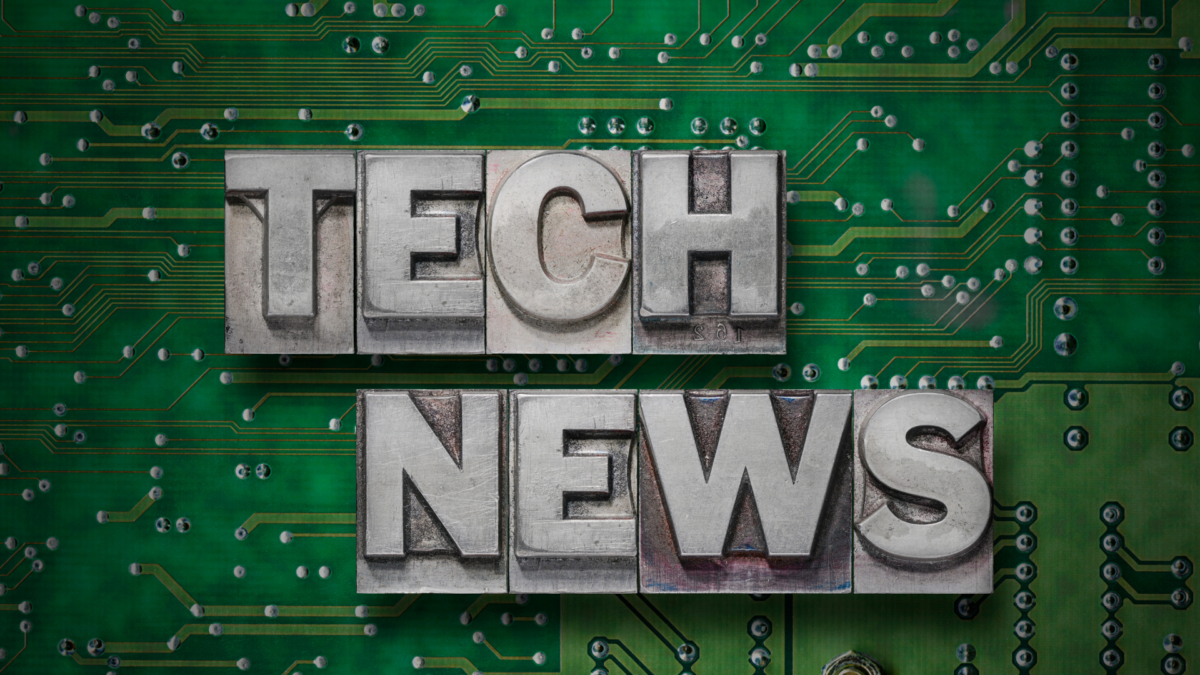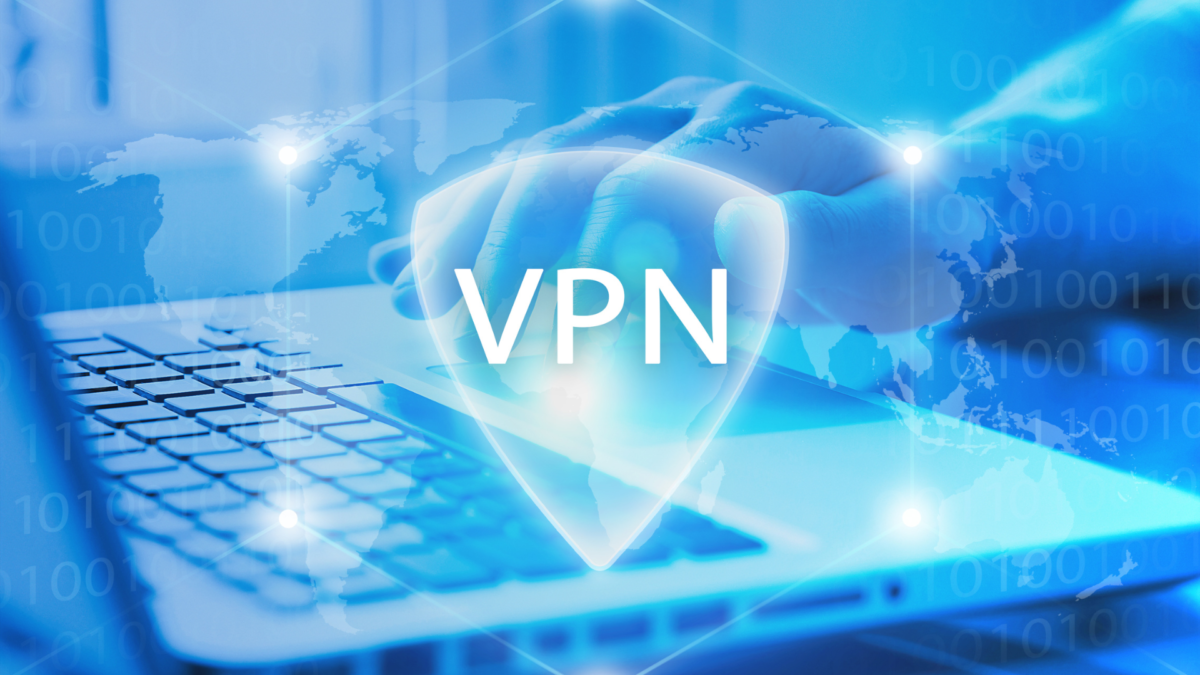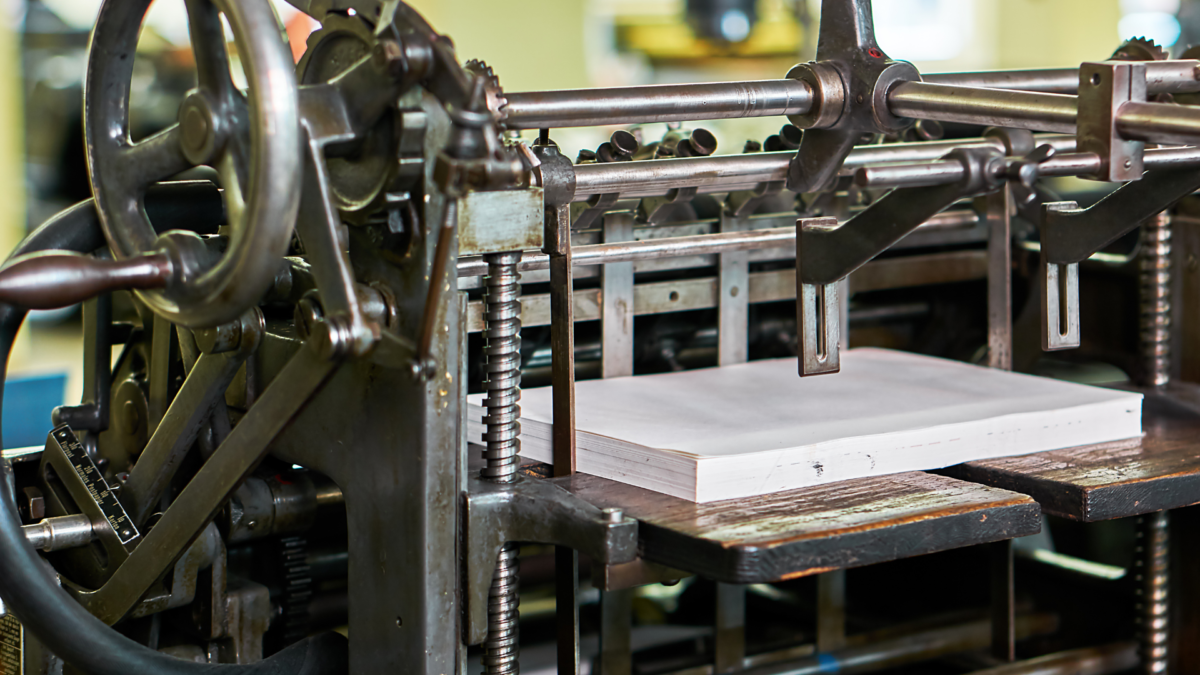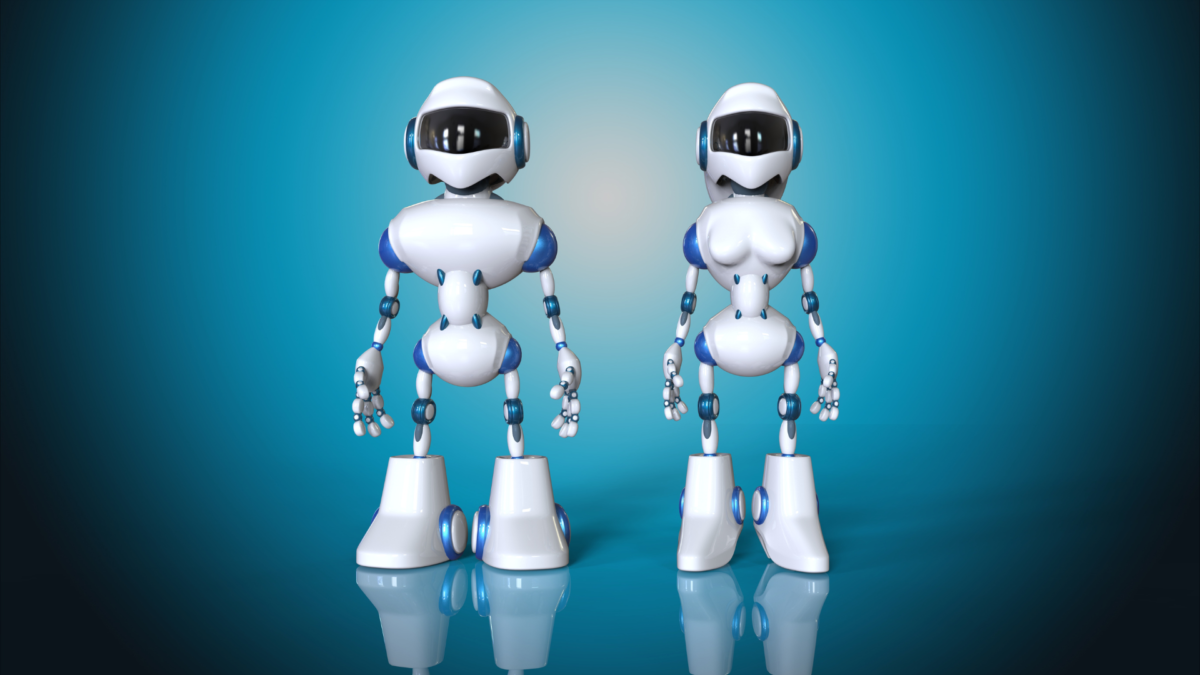In today’s world, customers are constantly bombarded with new technology. Computers, cars, smartphones – everyone is carrying around a tech device at all times! While this influx of new technology can be both exciting and overwhelming for consumers. It can also create complications for companies trying to provide customer experiences that meet customers’ expectations. In this blog post, we’ll discuss how technology learning improves the customer experience in several ways.
Technology Learning for Predictive Customer Service
Undoubtedly, customer service has become one of the most important aspects of running a business. Whether resolving a dispute or simply providing a courteous hello, ensuring that customers have an excellent experience is essential to keep them coming back. Most businesses recognize the importance of seeking CX consulting services to enhance and maintain positive customer relationships. This can involve implementing tools and programs that utilize data analytics, feedback systems, and personalized interactions.
One such tool is predictive analytics, offered as part of the tools available at Adverity and other similar platforms. To give you a brief idea, predictive analytics uses data sets to predict future events or behaviors, which can be used to improve customer service outcomes. By understanding how customers behave and what factors may influence those behaviors, businesses can provide better support for all their customers.
Another technology learning tool is AI-assisted customer service. AI-assisted customer service refers to services powered by artificial intelligence (AI). This service helps businesses automate tasks related to customer support, such as routing calls or responding to emails. Businesses can similarly integrate the use of bots in such processes. If you have the question: “what are bots?” They are simply programs that perform repetitive and pre-defined tasks, which can be applicable to customer service processes like the ones mentioned. As such technological developments do not require much monitoring, personnel in companies can focus more resources on providing quality customer support by automating these tasks.
Both predictive analytics and AI-assisted customer service are improving the quality of customer experience across many industries. By using these tools, businesses can ensure that their customers have an excellent experience no matter what they’re dealing with
Improving Customer Engagement through Technology Learning
One of the ways that businesses are improving customer engagement through technology learning is by using chatbots. Chatbots are computer programs that can simulate human conversation, and they’re becoming increasingly popular for several reasons.
For one, chatbots are a great way to improve customer service. Rather than having someone on the phone who can’t speak our language or isn’t familiar with our product, we can have a chatbot handle all those interactions. This saves time for our team and allows customers to speak with someone who knows about our product and can help them resolve any issues they may have.
Additionally, chatbots allow companies to gather data about their customers in real-time. This data improves our product and provides the best possible customer experience. By tracking how customers use our products and services, we can better understand what works well and what needs improvement.
Technology Learning in Fraud Detection and Prevention
The use of technology in fraud detection and prevention is a growing trend. Organizations must train their employees to use technology appropriately to keep up with the latest advances. It includes teaching them various tools, such as social media monitoring software.
Organizations must also ensure that their customers’ payments are secure and not vulnerable to data theft. They must develop and maintain secure payment systems and networks. For instance, if they accept credit card payments, they must comply with the regulations of the pci list. PCI compliance is necessary to protect cardholder data and reduce the risk of data breaches. Similarly, if they accept online payment methods they can use tokenization to encrypt customers’ sensitive information.
Another way to improve customer experience is by using online verification methods, through which businesses can ensure that customers are who they say they are. Additionally, companies can use fraud prevention software to monitor their social media accounts for signs of fraudulent activity. By watching for these warning signals, companies can quickly take action and protect their customers from potential fraudsters.
Technology learning is also helping employees learn about new trends in customer behavior. Employees can create more effective customer service strategies by understanding what motivates customers. This way, they can identify possible scams before they happen and take appropriate action before it becomes a problem for customers.
Technology Learning in Personalized Marketing and Advertising
There is no doubt that technology is changing the way we live and work. It has been said that technology has transformed every aspect of our lives, from how we learn to how we communicate. This transformation is particularly evident in customer experience (CE).
CE is the process of delivering an exceptional customer experience. It encompasses everything from understanding a customer’s needs and wants to meet them through creative and effective marketing and advertising. Businesses can better understand their customers and measure their effectiveness in satisfying those needs.
One of the most critical ways CE can be improved is by using technology to customize the customer experience. With personalization, customers can receive a unique experience based on their characteristics or interests. It allows businesses to target their customers more effectively and give them a better sense of ownership over their affairs.
Technology has allowed businesses to collect vast customer data to personalize their experiences. This data can determine what content is most relevant for each customer, where they are located at any given time, what device they use, and more. By understanding these factors and tailoring content accordingly, businesses can create an efficient and personalized customer experience that will keep them coming back.
The Future of Machine Learning and Customer Experience in Business
With the advent of big data and machine learning, businesses can use predictive analytics to predict customer behavior. The technology is used to understand past customers and predict their future needs, which can help companies to improve customer experience.
Some companies are already using machine learning to understand how their customers interact with their products. For example, Google uses machine learning to improve its search results. The company trains its algorithms on millions of data points from different websites to determine what users are looking for and recommend similar websites accordingly.
This type of customer service is only possible because of the massive amounts of data businesses have access to now. In the future, machine learning will become even more sophisticated and be used to create customized experiences for individual customers. It will involve improving customer service and expanding into product design and marketing.
Overall, the future of customer experience looks very promising. Machine learning allows businesses to understand their customers better and provide them with tailored experiences they will appreciate. As this technology develops, customer service will become more personalized and efficient.
Technology Learning Improves Customer Experience
The customer experience is crucial to the success of any business. With the prevalence of digital technologies in modern society, it has become even more critical for companies to focus on providing a great customer experience.
Today, technology learning helps businesses better understand their customers and provides them with the knowledge and skills they need to provide excellent service. Companies can improve their customer relationships and increase brand loyalty by taking advantage of technology learning opportunities.

